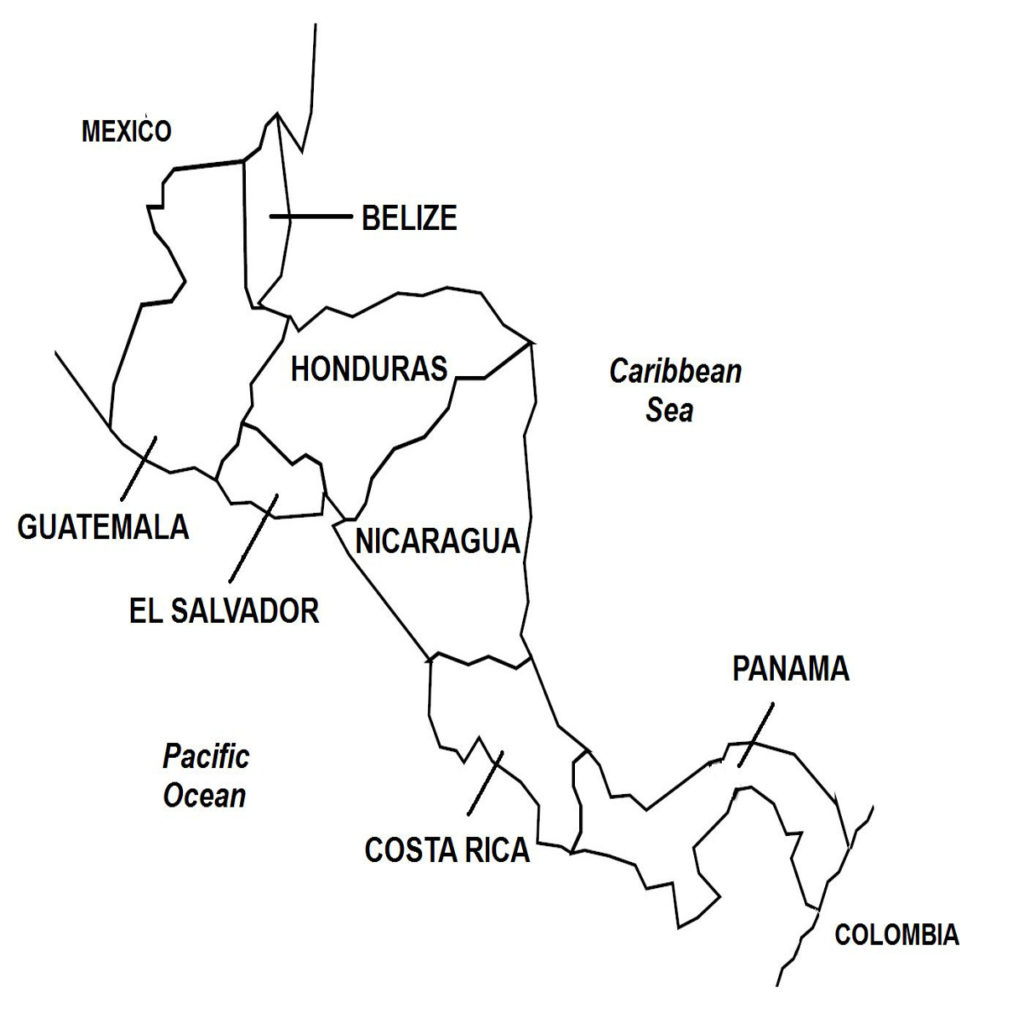On October 3, 1912, U.S. Marines opened fire with two artillery pieces on the Nicaraguan rebel forts at Coyotepe and Barranca. The forts were strategically located on a hill overlooking the Masaya railroad line nearly halfway between the capital Managua and Granada. The following day, October 4, four U.S. Marine battalions stormed the forts, capturing them that same day. Some 850 U.S. Marines were involved in the battle, assisted by 100 American sailors. The rebels numbered 350 fighters inside the two forts equipped with four artillery pieces. Casualties were: U.S. Marines – 4 killed ; Rebels – 32 killed, 10 wounded.

The United States had sent troops to Nicaragua in 1912 to intervene on the side of President Adolfo Diaz against an insurrection by the former Minister of War General Luis Mena. The American military presence in that country would last over two decades until 1933.
(Taken from United States Occupation of Nicaragua, 1912-1933 – Wars of the 20th Century – 26 Wars and Conflicts in the Americas and the Caribbean)
Background In many instances, Nicaragua’s political troubles prompted American intervention, such as those that occurred in 1847, 1894, 1896, 1898, and 1899, when U.S. forces were landed in that Central American country. These occupations were brief, with American troops withdrawing once order had been restored, although U.S. Navy ships kept a permanent watch throughout the Central American coastline. The officially stated reasons given by the United States for intervening in Nicaragua was to protect American lives and American commercial interests in Central America. In some cases, however, the Americans wanted to give a decided advantage to one side of Nicaragua’s political conflict.
In 1912, the United States again intervened in Nicaragua, starting an occupation of the country that would last for over two decades and would leave a deep impact on the local population. The origin of the 1912 American occupation traces back to the early 1900s when Nicaragua, then led by the Liberals, offered the construction of the Nicaragua Canal to Germany and Japan. The Nicaragua Canal was planned to be a shipping waterway that connects the Pacific Ocean and the Atlantic Ocean through the Caribbean Sea.
The Liberals wanted less American involvement in Nicaragua’s internal affairs and therefore offered the waterway’s construction to other countries. Furthermore, the United States had decided to forgo its original plan to build the Nicaragua Canal in favor of completing the partly-finished Panama Canal (which had been abandoned by a French construction firm).
For the United States, however, the idea of another foreign power in the Western Hemisphere was anathema, as the U.S. government believed it had the exclusive rights to the region. The American policy of exclusivity in the Western Hemisphere was known as the Monroe Doctrine, set forth in 1823 by former U.S. president James Monroe. Furthermore, the United States believed that Nicaragua had ambitions in Central America and therefore viewed that country as a potential source of a wider conflict. U.S.-Nicaraguan relations deteriorated when two American saboteurs were executed by the Nicaraguan government. Consequently, the United States broke off diplomatic relations with Nicaragua.
In October 1909, Nicaraguan Conservatives, backed by some Liberals, carried out a rebellion against the government. The United States threw its support behind the rebels. Then when the rebellion spread, the United States sent warships to Nicaragua and subsequently, in December 1909, landed troops in Corinto and Bluefields (Map 38). More American forces arrived in May 1910.
In August 1910, Nicaragua’s ruling government collapsed, replaced by a U.S.-friendly administration consisting of Conservatives and Liberals. The United States bought out Nicaragua’s large foreign debt that had accumulated during the long period of instability. Consequently, Nicaragua owed the United States the amount of that debt, while the Americans’ stake was raised in that troubled country.
Then in 1912, Nicaragua’s ruling coalition broke down, sparking a civil war between the government and another alliance of Liberals and Conservatives. As the rebels gained ground and began to threaten Managua, Nicaragua’s capital, the United States landed troops in Corinto, Bluefields, and San Juan del Sur. At its peak, the U.S. troop deployment in Nicaragua totaled over 2,300 soldiers. Within a month of the deployment, in October 1912, the American troops, supported by Nicaraguan government forces, had defeated the rebels.
The United States tightened its control of Nicaragua in August 1914 when both countries signed an agreement whereby the Americans gained exclusive rights to construct the Nicaragua Canal, as well as to establish military bases to protect it. The U.S.-Nicaragua treaty mostly served as a deterrent against other foreign involvement in Nicaragua, since by this time, the Americans already were operating the Panama Canal nearby.
